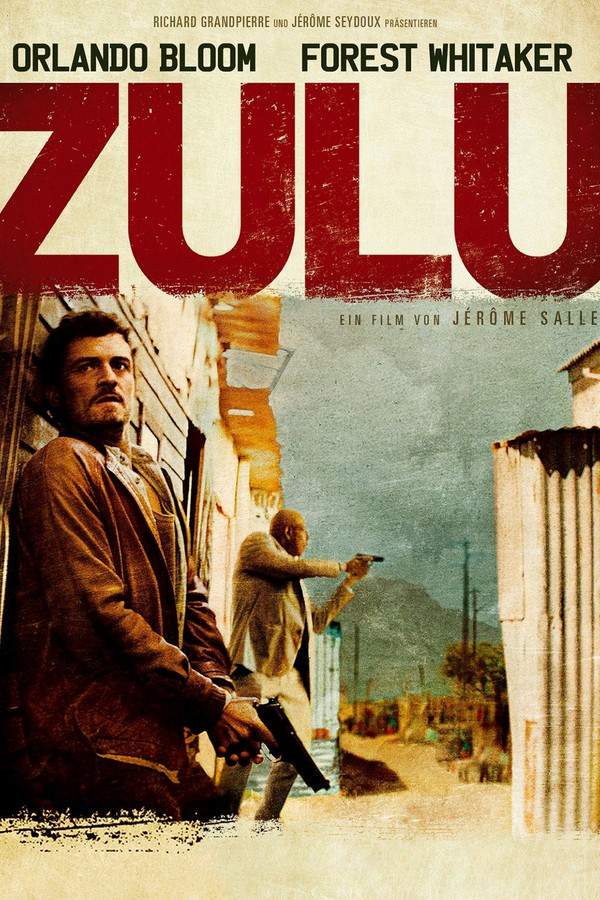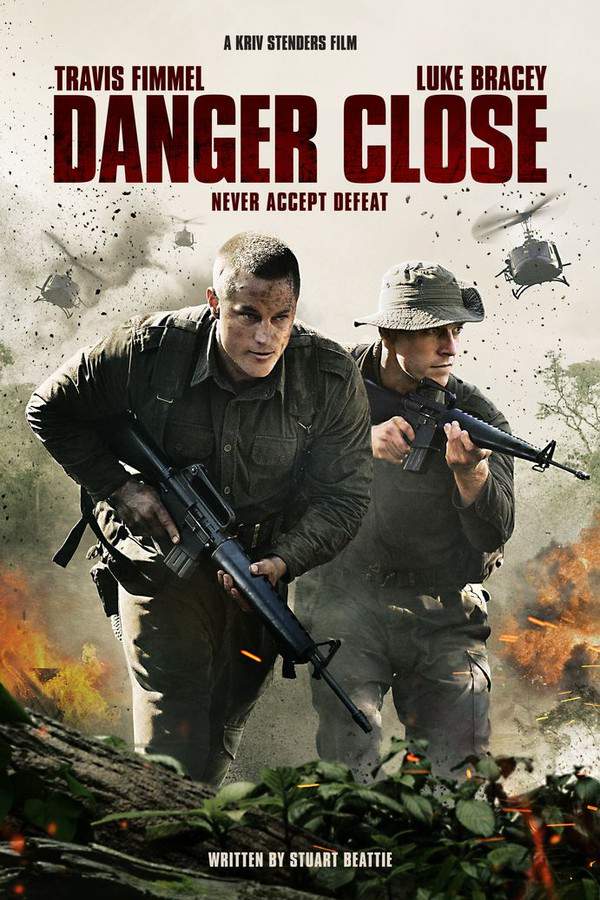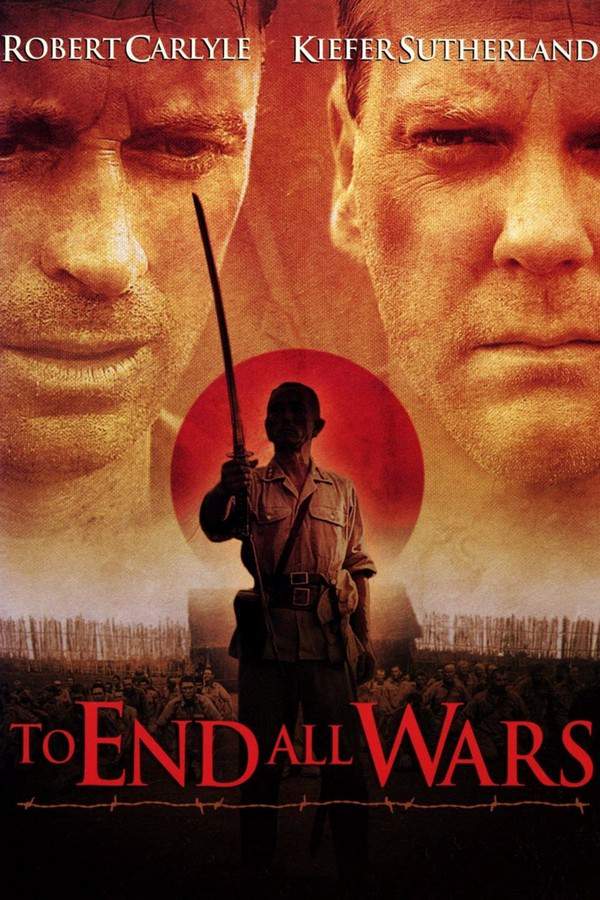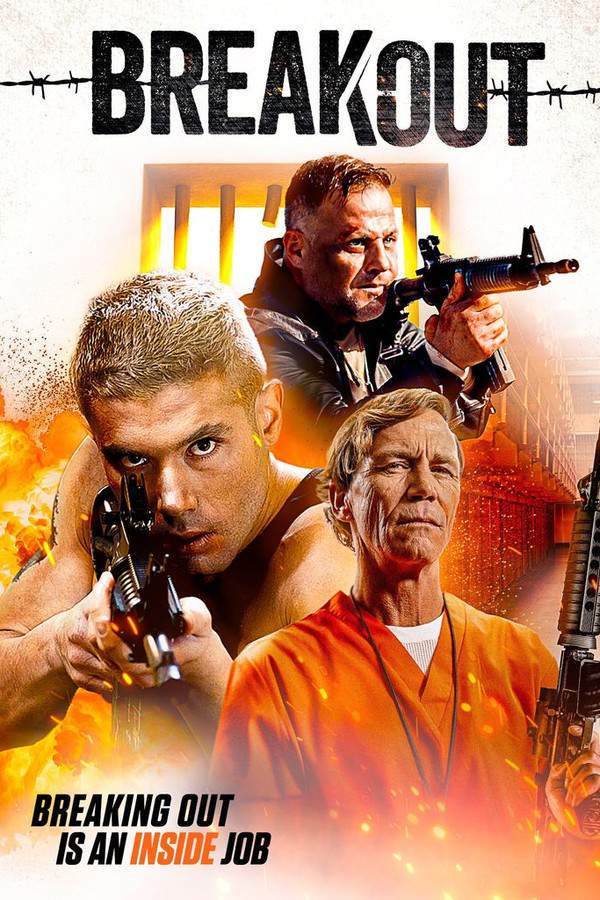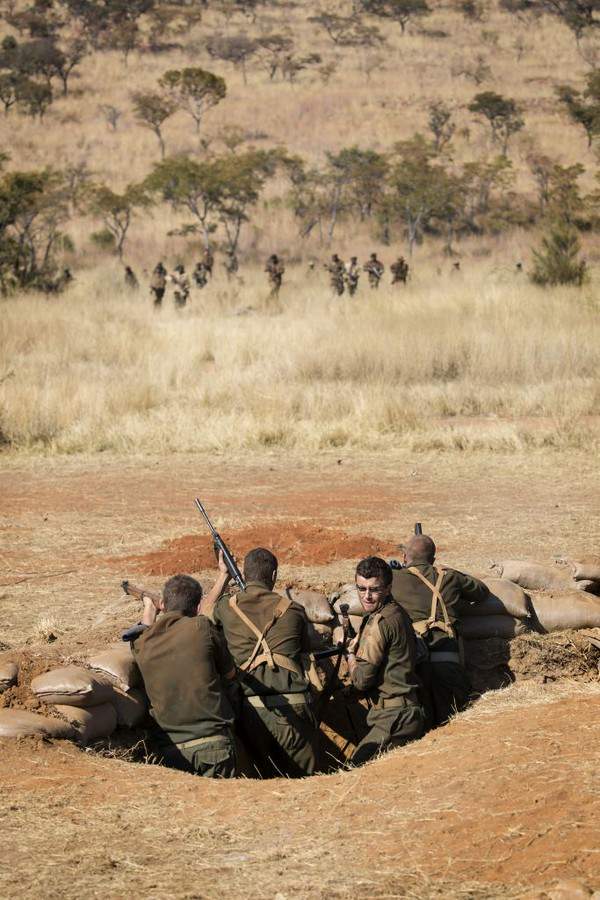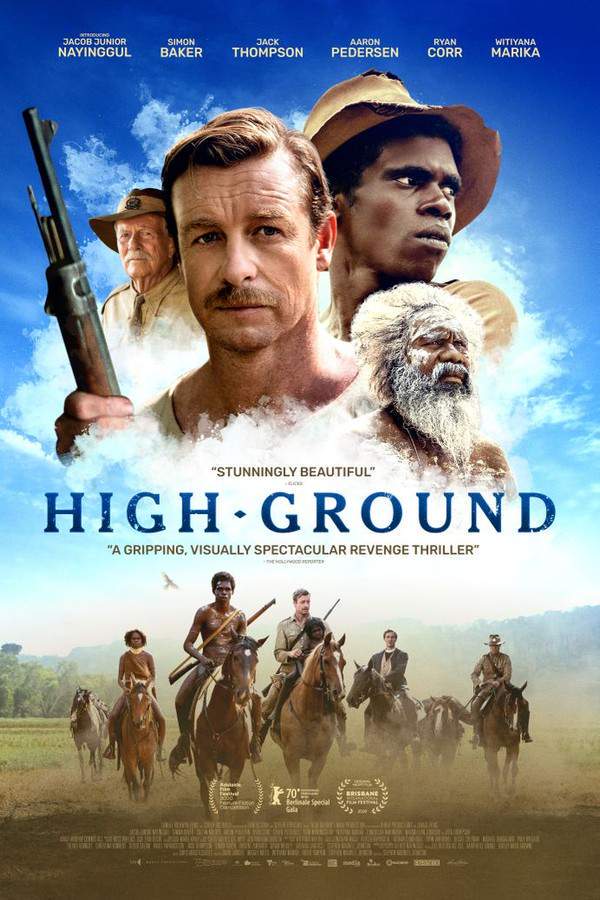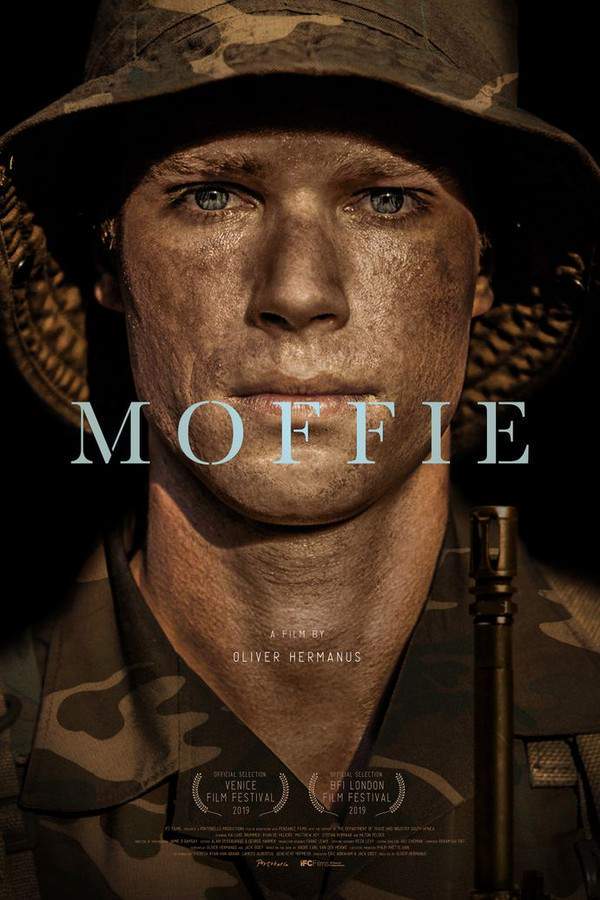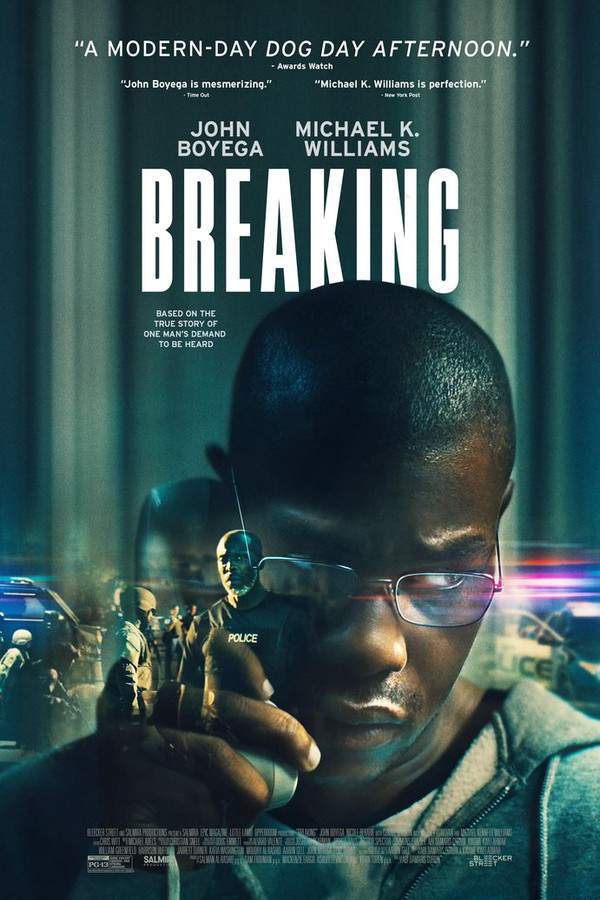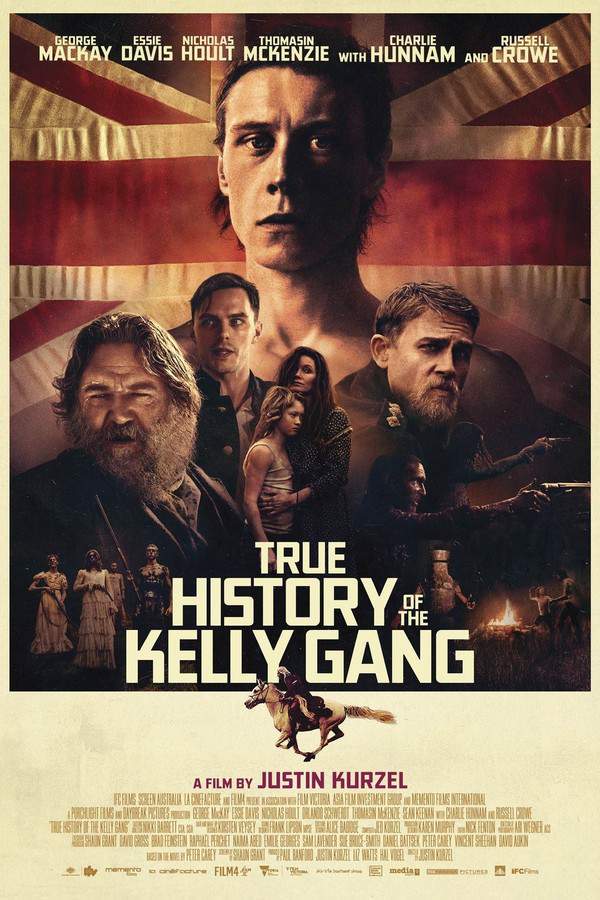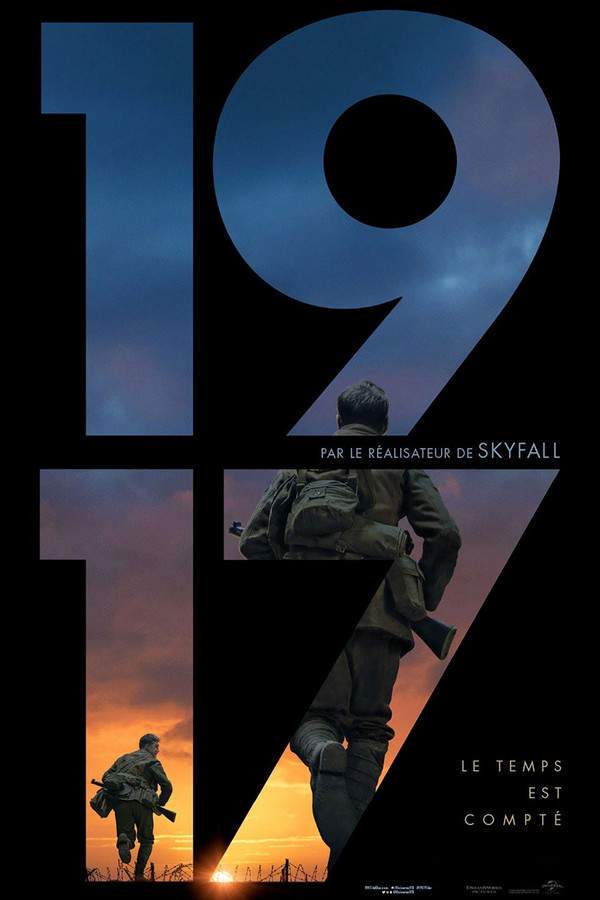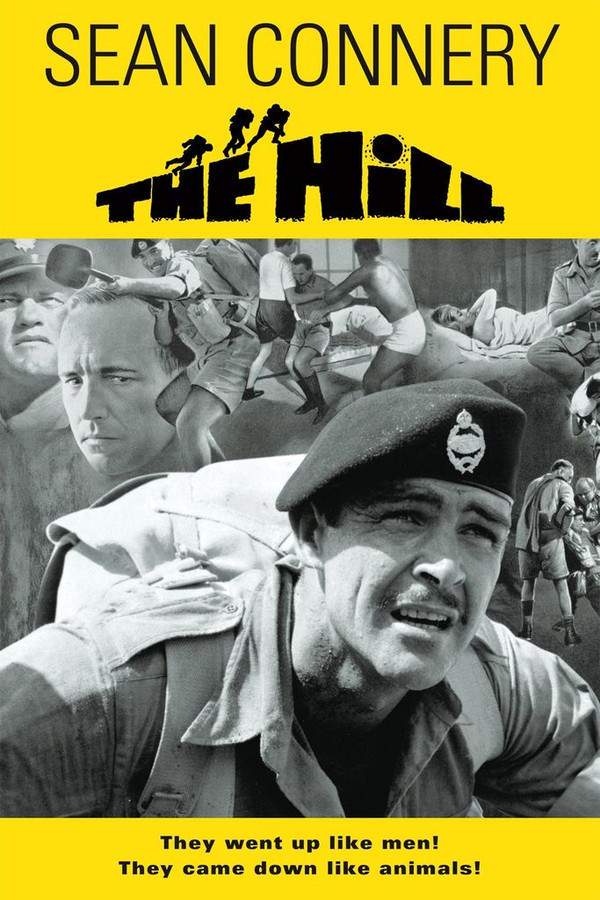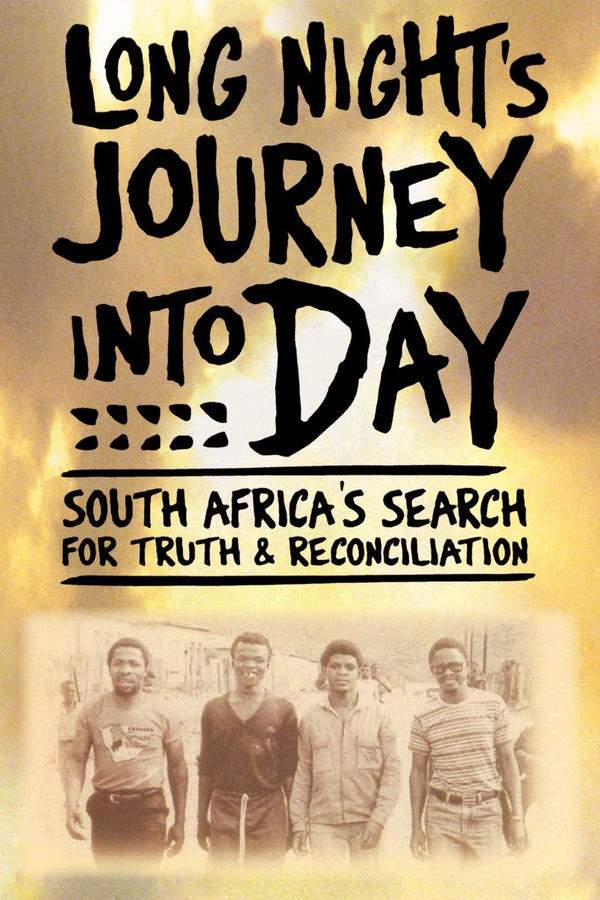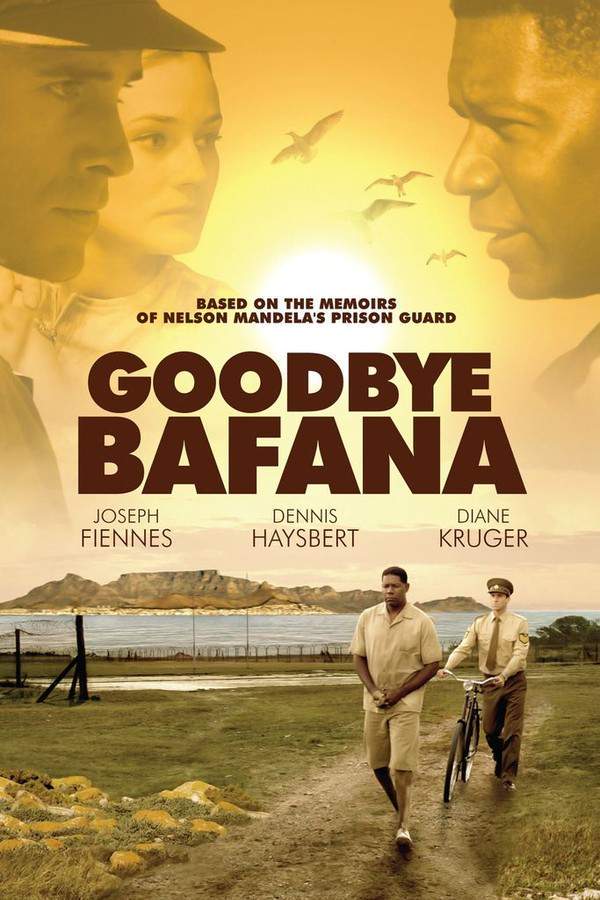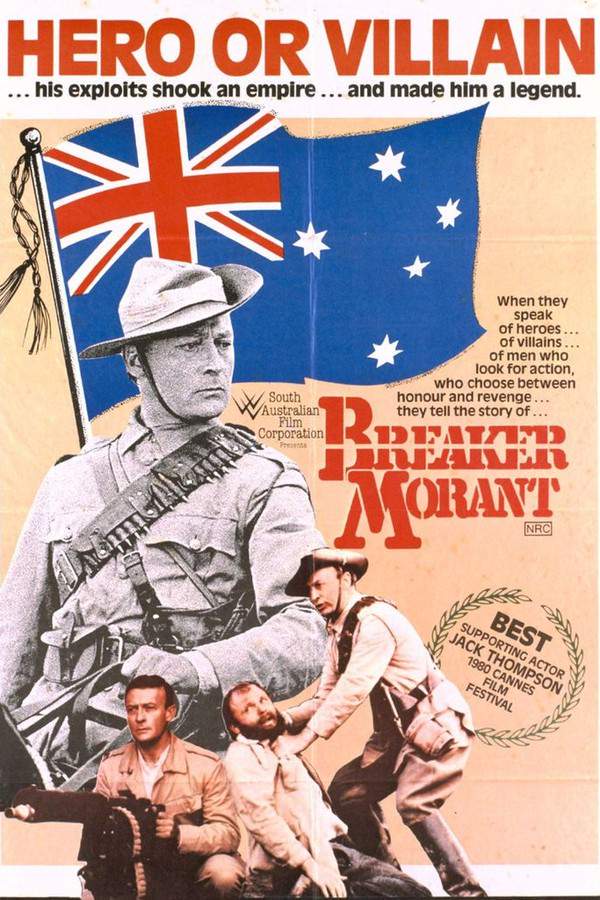
Breaker Morant
Year: 1980
Runtime: 107 min
Language: English
Director: Bruce Beresford
During the Second Boer War in South Africa, Australian soldiers Harry "Breaker" Morant, Peter Handcock, and George Witton are accused of committing war crimes. They find themselves in a desperate situation, facing a court-martial and the formidable Lord Kitchener, the British Commander-in-Chief. Kitchener is determined to secure their convictions, even if it means compromising justice, to strengthen his position during peace negotiations with the Boer forces.
Warning: spoilers below!
Haven’t seen Breaker Morant yet? This summary contains major spoilers. Bookmark the page, watch the movie, and come back for the full breakdown. If you're ready, scroll on and relive the story!
Breaker Morant (1980) – Full Plot Summary & Ending Explained
Read the complete plot breakdown of Breaker Morant (1980), including all key story events, major twists, and the ending explained in detail. Discover what really happened—and what it all means.
Breaker Morant delves into the harrowing murder trial of three Australian soldiers, who serve as officers of the elite Bushveldt Carbineers in South Africa. The accused—Harry “Breaker” Morant, Peter Handcock, and George Witton—stand trial for the murder of a Boer prisoner, followed by the execution of six additional prisoners, while Morant and Handcock are implicated in the sniper-style death of a German missionary, the Rev. Hesse. Their defense, led by Major Thomas, is severely hampered, having only one day to prepare a viable argument.
At the heart of this trial is Lord Kitchener, who aims to terminate the Boer War through a peace conference. To demonstrate his commitment to military ethics, he uses the Morant trial as an example of his willingness to hold his own soldiers accountable when they breach warfare regulations. However, the trial is fraught with complexity, as noted by one character—the intricacies of charging active-duty personnel with murder are anything but straightforward. Nevertheless, Kitchener remains resolute in pursuing a guilty verdict, with the chief of the court supporting him.
The narrative explores the events and motivations leading to the trial. Morant’s execution of the Boer prisoners stems from a desperate need for revenge following the mutilation and death of his friend and commanding officer, Captain Hunt. Following this tragic event, Morant leads a brutal attack on a Boer camp, resulting in the capture of a Boer clad in Captain Hunt’s uniform, whom he executes without hesitation.
Similarly, the murders of six Boer prisoners unfold in a ruthless manner. Morant attempts to rationalize these deaths, asserting, > “You know the orders from Whitehall. If they show a white flag, we don’t see it. I didn’t see it.” His conviction leads him to suspect the German missionary, Rev. Hesse, of being a spy after witnessing him converse with Boer captives. In a fit of anger, Morant expresses his fury, which prompts Handcock to follow the missionary, who is discovered dead the following morning.
As the trial progresses, the bias of the court toward a predetermined guilty outcome becomes strikingly evident, alongside the political maneuvering fueling it. The central question revolves around whether Kitchener issued orders to execute all Boer prisoners; Major Thomas argues convincingly that there were indeed unrecorded orders to that effect, communicated verbally. However, disproving their existence proves impossible since Captain Hunt conveyed them to Morant through informal channels.
Amidst the irony of Morant’s compliance with orders leading to his actions, it is revealed that he and Handcock are guilty of Hesse’s murder. Handcock, after meticulously crafting an alibi with two acquaintances, confides in Witton about his clandestine pursuit and shooting of Hesse. Although the court acquits them of this particular charge, they are nonetheless found guilty of the other offenses.
Conveniently, Kitchener is absent during the critical pleas for a reprieve. Though he reduces Witton’s sentence to life imprisonment, Morant and Handcock’s fates are sealed, and they face execution the following morning. An ironic twist awaits even in death; Handcock’s coffin is too small for his frame, necessitating a grotesque effort by the soldiers to fit his body inside.
In a reflective conclusion, the audience learns of the fates that befall these characters post-trial. Major Thomas returns to Australia, where he continues his law practice focused primarily on estate management and wills. Witton endures a three-year prison sentence but eventually earns his release amidst public outcry, later penning a controversial book titled Scapegoats of the Empire. This inflammatory account of the Breaker Morant affair proves so contentious that it is suppressed during the World Wars.
Last Updated: November 15, 2024 at 16:37
Unlock the Full Story of Breaker Morant
Don't stop at just watching — explore Breaker Morant in full detail. From the complete plot summary and scene-by-scene timeline to character breakdowns, thematic analysis, and a deep dive into the ending — every page helps you truly understand what Breaker Morant is all about. Plus, discover what's next after the movie.
Breaker Morant Timeline
Track the full timeline of Breaker Morant with every major event arranged chronologically. Perfect for decoding non-linear storytelling, flashbacks, or parallel narratives with a clear scene-by-scene breakdown.

Characters, Settings & Themes in Breaker Morant
Discover the characters, locations, and core themes that shape Breaker Morant. Get insights into symbolic elements, setting significance, and deeper narrative meaning — ideal for thematic analysis and movie breakdowns.

Similar Movies to Breaker Morant
Discover movies like Breaker Morant that share similar genres, themes, and storytelling elements. Whether you’re drawn to the atmosphere, character arcs, or plot structure, these curated recommendations will help you explore more films you’ll love.
Explore More About Movie Breaker Morant
Breaker Morant (1980) Scene-by-Scene Movie Timeline
Breaker Morant (1980) Movie Characters, Themes & Settings
Breaker Morant (1980) Spoiler-Free Summary & Key Flow
Movies Like Breaker Morant – Similar Titles You’ll Enjoy
Australia (2008) Story Summary & Characters
Zulu (1964) Ending Explained & Film Insights
Danger Close (2019) Full Movie Breakdown
To End All Wars (2002) Full Movie Breakdown
Breakout (1975) Spoiler-Packed Plot Recap
The Siege of Jadotville (2016) Spoiler-Packed Plot Recap
High Ground (2021) Full Movie Breakdown
Moffie (2021) Spoiler-Packed Plot Recap
Breaking (2022) Complete Plot Breakdown
True History of the Kelly Gang (2020) Full Summary & Key Details
1917 (2019) Spoiler-Packed Plot Recap
The Great War (2019) Plot Summary & Ending Explained
The Hill (1965) Detailed Story Recap
Long Night's Journey Into Day (2001) Ending Explained & Film Insights
Goodbye Bafana (2007) Film Overview & Timeline




